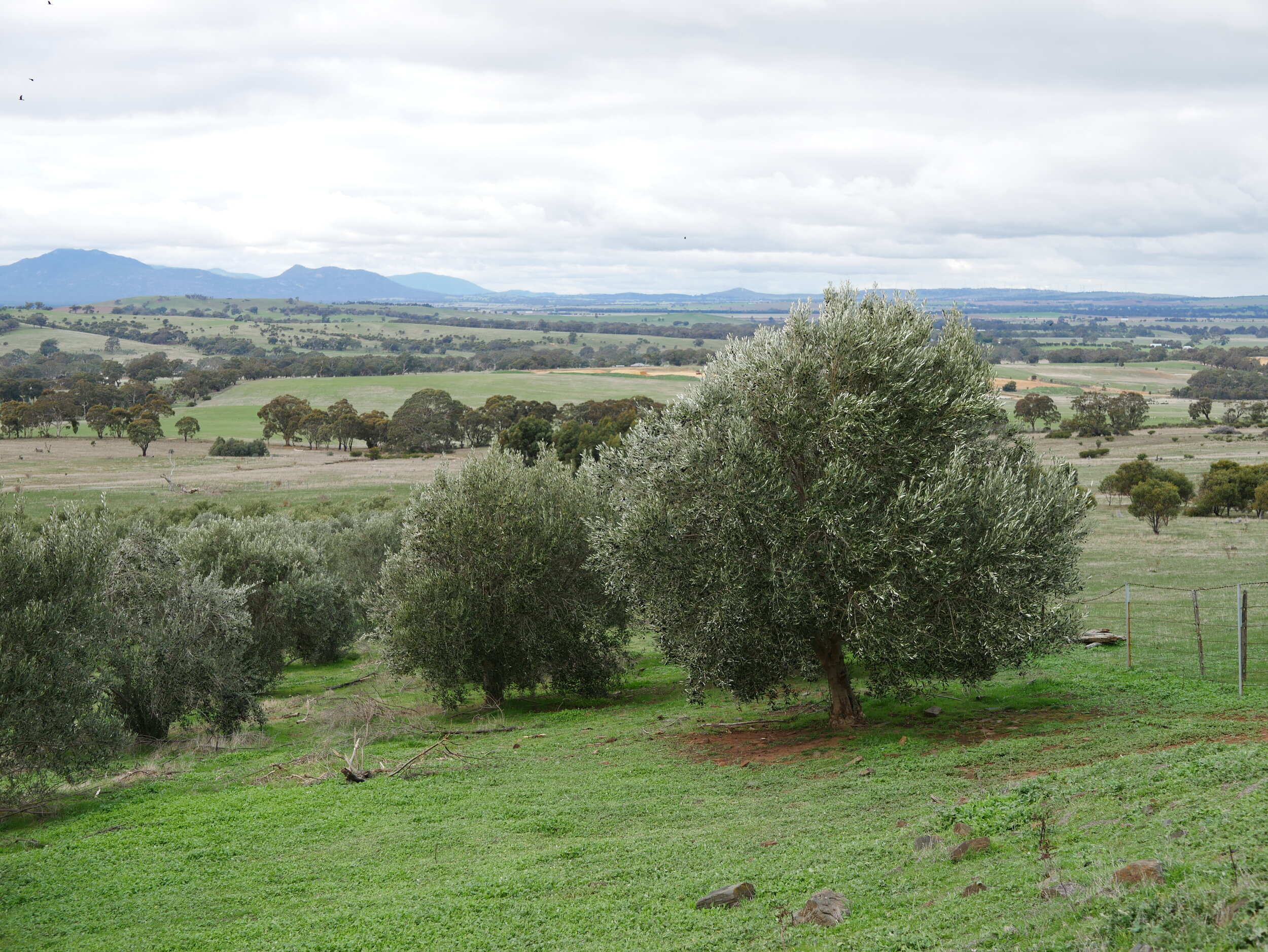Where Australia’s First Danish Beer Was Brewed
The property where the OLD BREWERY ROAD CELLAR DOOR & FARM LARDER is located was selected by Danish shipwright and sometime gold miner, Jens Kofoed, in 1859. Mr Kofoed’s Fountainhead Brewery began brewing beer the same year; establishing a permanent brewery building the following year, in 1860.
In 1872 Jens Kofoed moved his family into a new brick residence overlooking the brewery - a significant step up from the two room weatherboard cottage he built on the property in 1859. His garden was renowned as a fruiting garden interspersed with apples, pears, plums, figs and lemons. After Jens died in 1887 his brother Jorgen and the brewery foreman helped Isabella Kofoed run the brewery for a number of years before it was leased out to a series of other brewers. It eventually became the Ararat Brewing Company which, produced beer at the site until 1905. The brewery building was demolished in the 1950s but its large cellar and red brick stables (c1860 - more latterly used as a shearing shed) still remain.
As today’s owners we are only the fourth family to occupy the property. We selected OLD BREWERY ROAD as the brand for our range of Grampians regional wines, olive oil, and farm larder products - taking the name of the road that leads to the old Fountainhead Brewery residence. In this new page of its history it is wine rather than beer - particularly Shiraz - as the beverage of choice, but we have not ruled out one day bringing artisan brewing back after a long absence.
We invite you to visit to experience the historic site where its first ferment (a Colonial Ale) was completed in 1859, and to sample the Old Brewery Road products in our tasting cube in the renovated garden surrounding the old brewery residence.
Mark & Louise McKenzie
Vignerons & Providores
The High Hillock
OLD BREWERY ROAD draws much of its produce from our Shiraz vineyard, olive grove and fruit trees on the eastern side of Mount Ararat; after which the nearby town is named. We call it Tulach Ard which is Scottish Gaelic for ‘High Hillock’, after a hill in Kintail in the Western Highlands where the MacKenzie Clan would rally its men in times of war.
Mount Ararat is a mountain steeped in wine history. The Campbell & Brown winery was established very high up the mountainside in the 1860s, but very little is known of its history except the ruins that remain of the winery, stone garden walls, a well, and an ancient walnut tree lying in a gently sloping and sheltered glen where we suppose the vineyard was planted. An overgrown stone-lined wagon track leads up to the site below the 618m summit of the mountain. We can only guess why these intrepid winemakers established their enterprise in such a high and isolated place - possibly the presence of spring water and good soil.
The Tulach Ard vineyard is further down the mountain on its stony eastern flank, where the Robinson Family planted five acres of vines in 1995 and 1996, and at an altitude of almost 400m at the top row of Shiraz it is reputedly the highest vineyard in the Grampians wine region.
The vineyard relies only on rainfall, which, combined with shallow rocky soil on often steep gradients means yields are low, but the flavours in the Shiraz are concentrated and rich - making this a distinguished site for premium wine. Fruit from the vineyard has been used in a number of reserve and special release wines by other Grampians winemakers, including the Mount Langi Ghiran and Clayfield Wines. The 2004 Clayfield Reserve made entirely from this vineyard came within half a point of winning the 2006 Great Australian Shiraz Challenge - later described by wine critic and judge James Halliday as “a superb cool climate Shiraz”.
The terrain means pruning and harvesting must be done by hand, but the upside is that the air is always moving on the mountainside so the site is virtually disease free and spraying the vines to protect against fungal disease is not required. The wildlife is a different thing. Keeping the birds away before harvest is a constant battle between bid scarers and bird, and we have fenced the boundary to keep the kangaroos at bay. They acquired a serious taste for grapes during the Millennial Drought.
The olive grove of over 900 trees lies on a more gentle slope, also with a stony rise at the top, but generally the soils are deeper. Ironically the Manzanillo trees in the stony outcrop are the biggest and most productive trees and grow very large fruit, which we reserve for table olives. They remind us of the gnarly olive trees we see in the old Spanish groves - which is why we have donned this section ‘Andalusia’. As the grove is the most sheltered place on the mountain it is a haven for kangaroos and it is not unusual to see mobs of twenty or more amongst the trees.
The Spanish Manzanillo, Tuscan Frantoio, and Californian Mission varieties grown on the mountain form the backbone of the Old Brewery Road Extra Virgin Olive Oil - once again relying only on rainfall, but producing wonderfully fruity and pungent oils. Close by the grove is an old house site where there are wild pear and mulberry trees, and a magnificent copse of quince trees that provides fruit for our Farm Larder products
Shiraz, olives and quinces. This is a rugged, beguiling, but very productive hillock.





